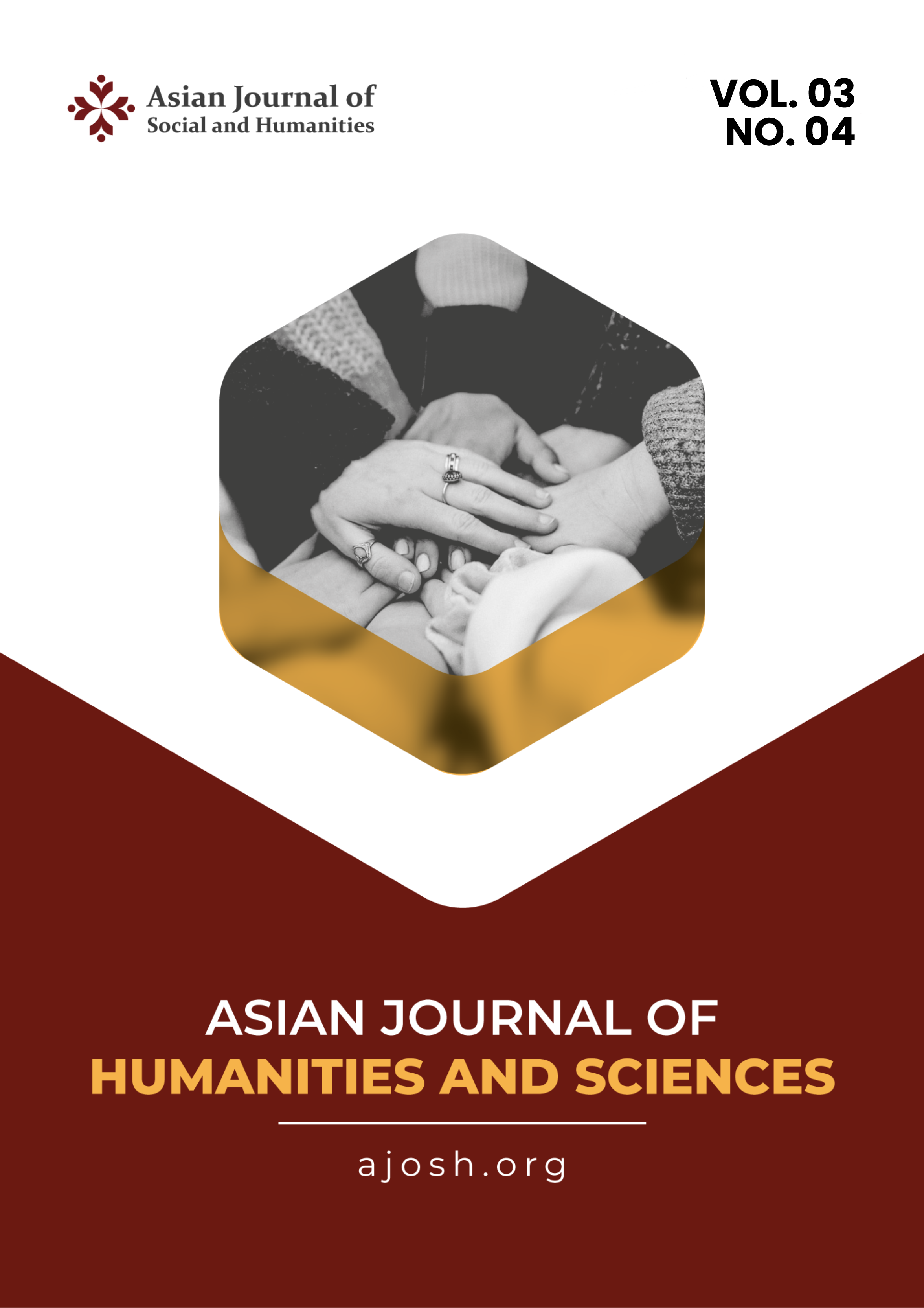Experimentation and The Vanishing Point of Photography In Contemporary Art
DOI:
https://doi.org/10.59888/ajosh.v3i4.486Keywords:
vanishing point;, abstraction;, experimentation;, representational strategy;, art practice methodology;, photographyAbstract
Photography has established itself as a dominant force in contemporary art, yet its boundaries are continuously challenged by experimental practices that merge traditional photographic principles with elements drawn from fine art traditions, such as painting. This presents a critical issue: how can photography evolve conceptually and aesthetically without losing its fundamental identity? This research aims to develop a framework for creating photographic artworks that explore the representational limits of the medium through bold experimentation while preserving its core principles. Employing G. Sullivan’s framework of interpretation, structure, and critical inquiry, the study examines how experimental practices transform photography into photographic imagery, pushing the medium to its conceptual and aesthetic vanishing points. The findings reveal that at these boundaries, photographic imagery transcends traditional representation and evolves into an ideological foundation, demonstrating the medium’s capacity for profound conceptual expression. Despite these transformations, the study concludes that experimentation does not compromise the essential nature of photography—its unique ability to evoke ostensibly truthful memories. By identifying and analyzing these dynamics, the research underscores the enduring relevance and adaptability of photography in contemporary art, highlighting its potential to navigate new creative frontiers while maintaining its intrinsic connection to reality.
Downloads
Published
Issue
Section
License
Copyright (c) 2025 Deden Hendan Durahman, Yasraf Amir Piliang, Irma Damajanti, Armein Z. R. Langi

This work is licensed under a Creative Commons Attribution-ShareAlike 4.0 International License.
Authors who publish with this journal agree to the following terms:
- Authors retain copyright and grant the journal right of first publication with the work simultaneously licensed under a Creative Commons Attribution-ShareAlike 4.0 International. that allows others to share the work with an acknowledgement of the work's authorship and initial publication in this journal.
- Authors are able to enter into separate, additional contractual arrangements for the non-exclusive distribution of the journal's published version of the work (e.g., post it to an institutional repository or publish it in a book), with an acknowledgement of its initial publication in this journal.
- Authors are permitted and encouraged to post their work online (e.g., in institutional repositories or on their website) prior to and during the submission process, as it can lead to productive exchanges, as well as earlier and greater citation of published work.










